The Future of Meat without Animals
Future Perfect: Images of the Time to Come in Philosophy, Politics and Cultural Studies
Series editors: Michael Marder, IKERBASQUE Research Professor of Philosophy, University of the Basque Country, Spain and Patricia Vieira, Associate Professor, Spanish and Portuguese, Georgetown University, USA.
The Future Perfect series stands at the intersection of critical historiography, philosophy, political science, heterodox economic theory, and environmental thought, as well as utopian and cultural studies. It encourages an interdisciplinary reassessment of the idea of futurity that not only holds a promising interpretative potential but may also serve as an effective tool for practical interventions in the fields of human activity that affect entire countries, regions, and the planet as a whole.
Titles in the Series
The Future of Europe: Democracy, Legitimacy and Justice after the Euro Crisis edited by Serge Champeau, Carlos Closa, Daniel Innerarity and Miguel Poiares Maduro.
Taming an Uncertain Future: Temporality, Sovereignty, and the Politics of Anticipatory Governance by Liam P. D. Stockdale.
The Politics of Virtue: Post-liberalism and the Human Future by John Milbank and Adrian Pabst.
The Future of Meat without Animals edited by Brianne Donaldson and Christopher Carter.
Manifestos for World Thought edited by Lucian Stone and Jason Bahbak Mohaghegh (forthcoming).
The Future of Meat without Animals
Edited by
Brianne Donaldson and Christopher Carter

London New York
Published by Rowman & Littlefield International, Ltd.
Unit A, Whitacre Mews, 26-34 Stannary Street, London SE11 4AB
www.rowmaninternational.com
Rowman & Littlefield International, Ltd. is an affiliate of Rowman & Littlefield
4501 Forbes Boulevard, Suite 200, Lanham, Maryland 20706, USA
With additional offices in Boulder, New York, Toronto (Canada), and Plymouth (UK)
www.rowman.com
Selection and editorial matter Brianne Donaldson and Christopher Carter 2016
Copyright in individual chapters is held by the respective chapter authors.
All rights reserved . No part of this book may be reproduced in any form or by any electronic or mechanical means, including information storage and retrieval systems, without written permission from the publisher, except by a reviewer who may quote passages in a review.
British Library Cataloguing in Publication Data
A catalogue record for this book is available from the British Library
ISBN: HB 978-1-7834-8905-3
PB 978-1-7834-8906-0
Library of Congress Cataloging-in-Publication Data
Names: Donaldson, Brianne, editor.
Title: The future of meat without animals / edited by Brianne Donaldson and Christopher Carter.
Description: Lanham : Rowman & Littlefield International, 2016. | Series: Future perfect : images of the time to come in philosophy, politics, and cultural studies | Includes bibliographical references and index.
Identifiers: LCCN 2016027650 (print) | LCCN 2016028116 (ebook) | ISBN 9781783489053 (cloth : alk. paper) | ISBN 9781783489060 (pbk. : alk. paper) | ISBN 9781783489077 (Electronic)
Subjects: LCSH: Meat substitutes. | Artificial foods. | Animal cultureMoral and ethical aspects. | Meat industry and tradeMoral and ethical aspects. | Animal welfare.
Classification: LCC TP447.M4 F88 2016 (print) | LCC TP447.M4 (ebook) | DDC 664/.9dc23 LC record available at https://lccn.loc.gov/2016027650
 The paper used in this publication meets the minimum requirements of American National Standard for Information SciencesPermanence of Paper for Printed Library Materials, ANSI/NISO Z39.48-1992.
The paper used in this publication meets the minimum requirements of American National Standard for Information SciencesPermanence of Paper for Printed Library Materials, ANSI/NISO Z39.48-1992.
Printed in the United States of America
Contents
Brianne Donaldson
Ethan Brown
Brian G. Henning
Steven McMullen
Song Tian with Yao Wang, Mo Zhao
Translated by Yuan Gao
Ana Bajelj and Shivani Bothra
Adam Wolpa
Miyoko Schinner
Michael Marder
Jaya Bhumitra and Bruce Friedrich
Isha Datar, Erin Kim and Gilonne dOrigny
Vasile Stnescu
Joseph A. Tuminello, III
Brianne Donaldson
Josh Tetrick
Michael Anderson
Christopher Carter
Rebekah Sinclair
Carol J. Adams
Aaron Gross
Matthew Calarco
Christopher Carter
Saadullah Bashir
Reimagining Our Futures of Food
Brianne Donaldson
Innovating for a future of meat without animals is a creative act. But creativity can easily be deployed for grotesque ends and, consequently, is not a virtue in itself. The industrialization of animal agriculture is nothing if not the product of immense creativity whose terrifying efficiency and mind-numbing scale elicit intense awe and shame simultaneously if we gaze too long at its workings, immobilized as though looking upon Medusa.
The gears and grist in this production-destruction machine, as Upton Sinclair incisively wrote at the turn of the twentieth century, are living bodies themselves. Workers crack and groan as cogs in the great packing machine (2003 [1906], 70), while creatures, so very human in their protests, are converted from feeling beings into plastic-wrapped parts (30). Before these animals deaths, cities worth of their bodily wastes overflow lagoons, infiltrating air and waterways, while critical levels of methane contribute more to greenhouse gasses than all the cars on the planet. The suffering of farmed animals (not to mention wild living creatures displaced by agriculture) is well documented and extends far beyond slaughter to include, what Matthew Halteman calls (1) violations of inherent dignity [removing animals from habitat, voluntary reproduction, and kinship bonds], (2) operational harm [bodily harms/confinement to prevent animal-animal violence; lack of veterinary care, air, light, food/water] and (3) extreme acts of viciousness [overt brutality by workers during confinement, transport, herding, slaughter] (2011).
The costs of agriculture impact human creatures and ecosystems as well, as detailed by many authors in this collection. Feedlots, industrial farming operations and slaughterhouses are overwhelmingly located among rural areas and communities of colour and rely upon immigrant and racialized labour forces. Agricultural lobbyists shape food and trade policies that require taxpayers to subsidize the costs of grains for animal feed, indirectly funding the meat and dairy products that contribute to obesity, heart disease and diabetes. Meanwhile, corn and soybeans proliferate in fields loaded with fossil fuel herbicides and fertilizers, lingering in silos across the globe as increasingly wealthy farmers play commodity trade markets, eyes fixed on the burgeoning middle classes of China and India whose appetites emulate the fast-food fetishism of the West. With the global human population slated to rise to nine billion by 2050, the desire for animal flesh and by-products promises to balloon the current 68 billion mammals born, tortured and killed for food annually to 120 billion over the next three decades (not including aquatic life), in ever more inventive modes of destruction.
Thus, creativity itself is not enough to rewrite this socially sanctioned degradation towards more life-giving ends. Something more is needed to face the grief of it all and not be frozen with inaction. For if our bodies are slow to dismantle our self-negating creations, then our minds and spirits must yet churn forth new imaginaries of futures to come. These visions take root in the unwavering affirmation of our planetary life together with its mundane beauty, startling adaptations and partners in world-shaping who remind us in their quietude that we are not alone on this orbiting home. This insistent, and resistant, life though presently manufactured for death and extraction offers us the perennial hope that vitality and longing can yet be refreshed and redirected towards alternate food structures that aim for ever-widening attentiveness to learning from and co-flourishing with our planetary multiplicity.
Next page
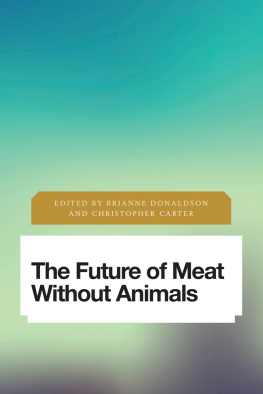

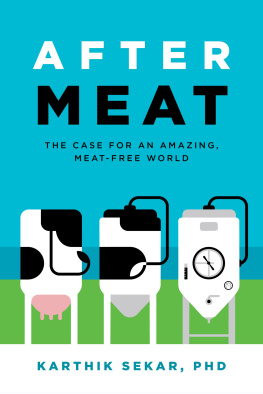

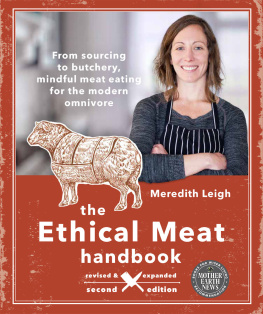
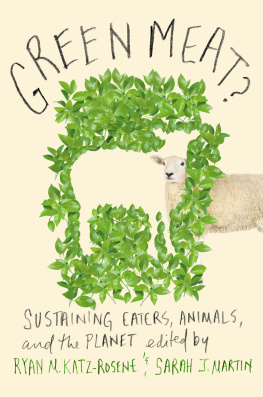
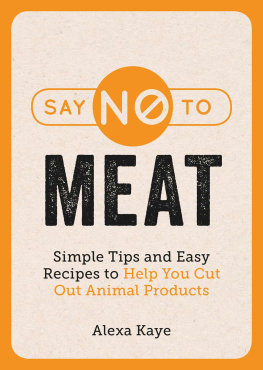
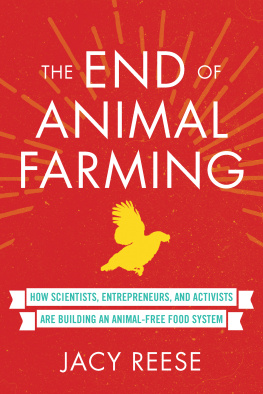
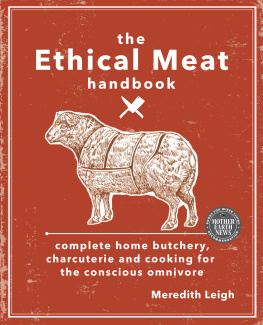
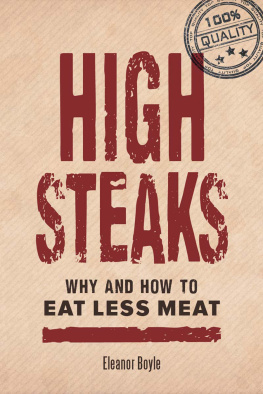

 The paper used in this publication meets the minimum requirements of American National Standard for Information SciencesPermanence of Paper for Printed Library Materials, ANSI/NISO Z39.48-1992.
The paper used in this publication meets the minimum requirements of American National Standard for Information SciencesPermanence of Paper for Printed Library Materials, ANSI/NISO Z39.48-1992.